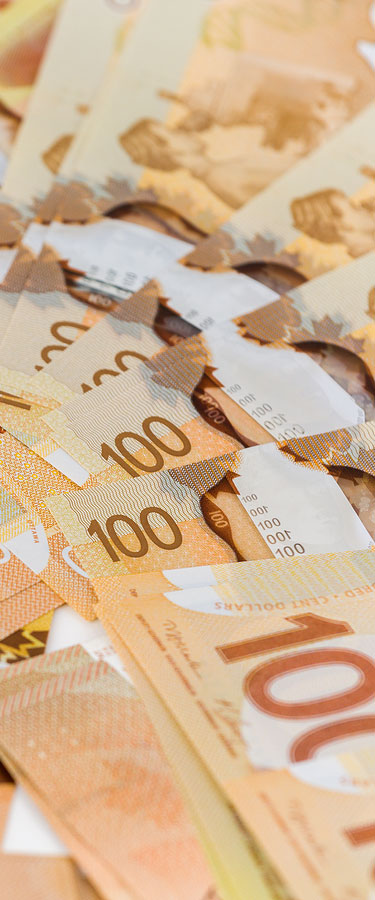Keep an eye out for counterfeit 'Frankenstein' bills: RCMP

CBC News - Pamela Fieber - Jan 28, 2019
Police are warning Albertans to watch out for phony Canadian bills, particularly the $50 and $100, which fraudsters are splicing together in a "frankenstein" creation — using the holograms of real five or 10 dollar bills.
"Unfortunately, with any item, no matter how good the quality to prevent counterfeiting, it will still occur," said Corporal Joe Stubbs, a counterfeit money specialist with the Airdrie RCMP.
"What they're doing is, what we're calling Frankenstein-ing the notes," he said. "They're taking a legitimate five dollar bill and cutting out the five dollar bill hologram, taking that hologram and taping it into a counterfeit $50."
The phony bills are easily spotted with the naked eye, Stubbs told the Calgary Eyeopener — but most people aren't looking.
If you're curious, hold it up — a 50 dollar bill will have a 50 inside the translucent maple leaf. This is what the fraudsters are trying to replicate.
They cut a No. 5 out of a real $5 bill and paste it onto the hologram of the fake $50, he said. Most people wouldn't notice the zero is missing.
The polymer feel of the currency is another thing that is difficult for counterfeiters to duplicate, and fairly easy to detect by feel.
"We have seen instances where it's just plastic sheet protectors that you could buy at a local dollar store," Stubbs said.
"For the other notes that we're seeing, they're taking components of the legitimate bills like you're seeing for those Frankenstein bills… and then just treating that paper with some sort of spray resin."
Stubbs says quick transaction business, like gas stations or retail outlets, are more likely to be targeted, because the customer can leave quickly after paying.
Stubbs advises cashiers to make a point of checking currency as customers are lined up to pay. Fraudsters will often be deterred if they see this one sign of vigilance.
And for those meeting up for a Kijiji purchase, it's best to look closely at the bills before pocketing them.
"Our money is nicely colour coded," Stubbs said. "So if the person walks up and pulls three red bills out of their pocket, I see red, I think 50. And I count three, that's 150. I usually pocket that without checking it."
"We encourage people to check the currency and know what they're checking for, and if they suspect there's a counterfeit bill, ask them to give you another one."

